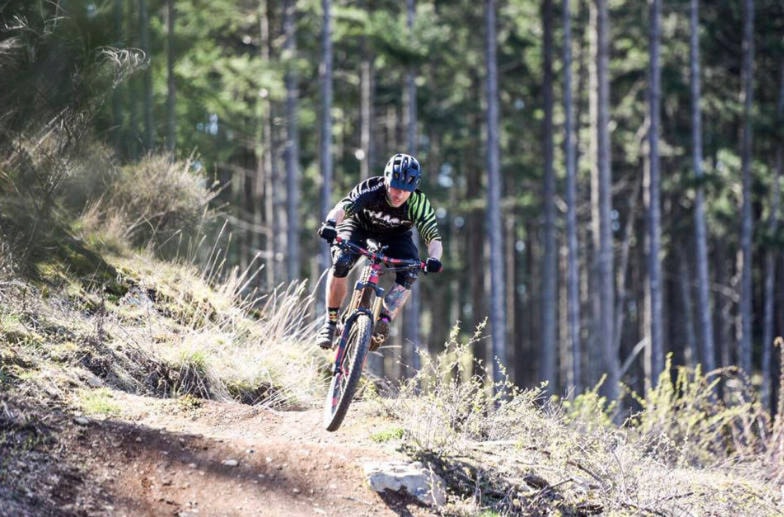The Regional District of Bulkley-Nechako (RDBN) launched a study in October 2019, to assess the needs, demands and services opportunities for recreation in the rural areas of the district.
Curtis Helgesen, the Chief Administrative Officer for RDBN said in an interview that the project was still ongoing and that the consultants were working on the final leg of the project. “They did a presentation to the board a few months back, then right before the pandemic, they did a bunch of open houses throughout the region, and now they are pulling together all the final information. But it is still too early to tell on that project,” he said.
The study included interviewing municipalities, First Nations and the provincial government with a total of 25 individuals interviewed. The next step in the study involved a 19-people government focus group to understand the kind of questions to ask and the answers to seek. An online public survey was conducted after the focus group and received 482 responses. Interviews were also conducted with 42 local outdoor recreation clubs and 15 RDBN Board members and staff were interviewed. A study to understand other comparable regional districts and their recreation services was also conducted through interviews.
Liliana Dragowska, a consultant on the survey and a Smithers-based professional planner, said during the March 2020 open house presentation, “When we are thinking about designing a service, we really need to think about how is this going to work, like not only what other regional districts do, but what do we need to service here.”
The open house was part of the several other open houses that were conducted as the next step in the survey process. The surveys and interviews helped the consultants boil down to some of the most common concerns and needs that they presented during the open house. Maintenance was on the top of those challenges—maintenance of trails, maintenance of boat launches and damages to these caused either from blow-down, to over growths on hiking and biking trails. “Respondents really noticed that a lot of the work is done by volunteers and there is a lot of work and a lot of maintenance needed within the area,” said Dragowska during the open house.
Another challenge that came up was information signage and not just the lack of signage on the trails but also the unavailability of information on how to get there and other online information. The other challenge was maintenance of roads, mainly how to access these services through logging roads to hiking trails to the back country ski areas and then challenges around accessing rivers and boat launches.
The last challenge highlighted in the surveys was making available age and ability-friendly recreational assets for example, having access to the recreational services for people with strollers and wheelchairs.
The club interviews also raised several interesting concerns, ranging from volunteer training and manpower, to navigating government processes like creating the licenses of occupation, or agreements with the recreation sites and trails or other levels of government. Dragowska also mentioned during the open house that insurance came up as a challenge for the clubs that were interviewed, “Whether it was hard to get, maybe too complicated to maintain, it was definitely a challenge that kept rising up.”
The survey and the study also looked at what the clubs thought of another level of government getting involved in the project and if that were to happen, what were the expectations from RDBN. The clubs pointed out that they expected the RDBN to let the clubs lead as they didn’t want another administrative body to tell them how to operate. They also hoped that the RDBN’s involvement wouldn’t create any additional red-tape.
The survey compiled all this information and synthesized it in to seven common needs that seem to come up through all the interviews. “Whatever service the regional district decides to create, they can use this as a checklist to see if they are meeting the needs,” said Hilary Morgan, professional planner based out of Prince George, while presenting during the same open house. Those seven needs are funding for maintenance and operations, improving boat launches and water access, more volunteers and volunteer training, supporting the navigation of government processes, promotion and advertising, maintaining access roads and finally, RDBN ownership of trails and amenities that require government ownership.
The consultants also presented the gaps in services currently offered, as well as the potential cost of having additional services.
The study will conclude once the consultants gather all the data and eventually present a proposed service delivery model to the RDBN board of directors as a recommendation for adoption. “We are still in the final process on the analysis of everything that they have found. On June 4, the consultants that we have hired to do the study, will present to the board of directors,” said Helgesen.
